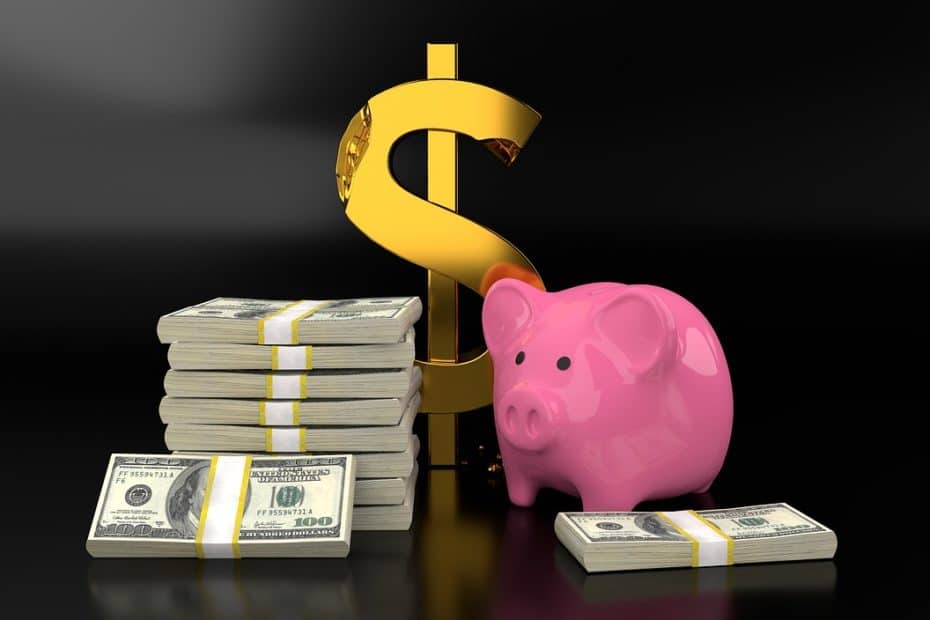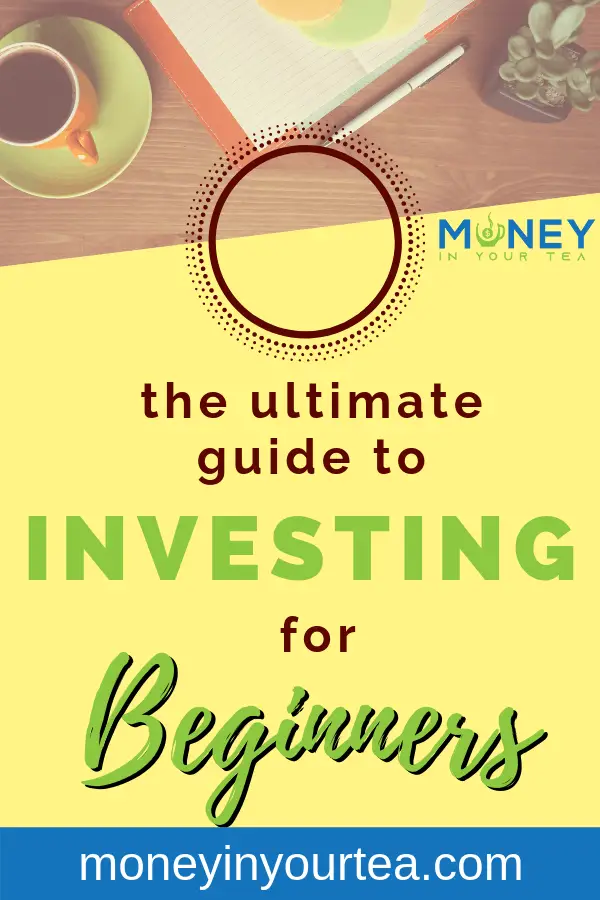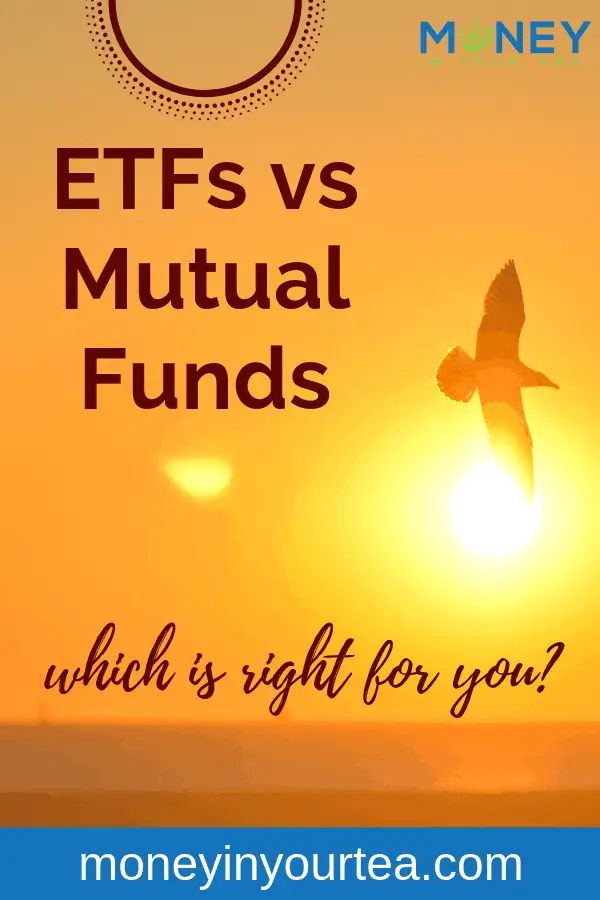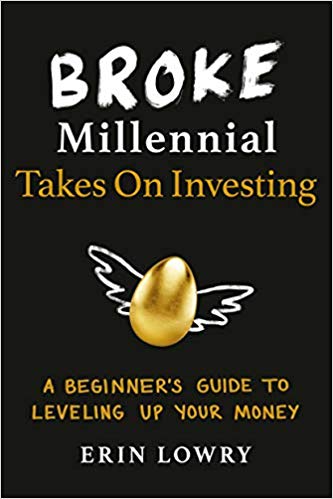Investing for the first time can be daunting. What is investing? And what should I invest in? I have been investing personally for about 25 years, and recently started advising my Gen Z kids on everything they need to know about saving and investing in Canada for beginners. While I use Canadian examples in this article, the ideas are universal.
This is the second article in a series on saving vs investing:
- Savings, including high-interest savings accounts, GICs, and savings in TFSAs, RRSPs, and RESPs
- RESP investing from newborn to high school
This post may contain affiliate links, which means I make a small commission if you decide to purchase something through that link. This has no cost to you, and in some cases may give you a discount off the regular price. If you do make a purchase, thank you for supporting my blog! I only recommend products and services that I truly believe in, and all opinions expressed are my own. As an Amazon Associate I earn from qualifying purchases. Please read my disclaimers for more information.
NOTE: I mention a number of savings and investment options in this article. This in no way should be taken as an endorsement or recommendation of these items! Please consider your own situation before making any savings or investment decisions. See my Terms and Conditions for more information.
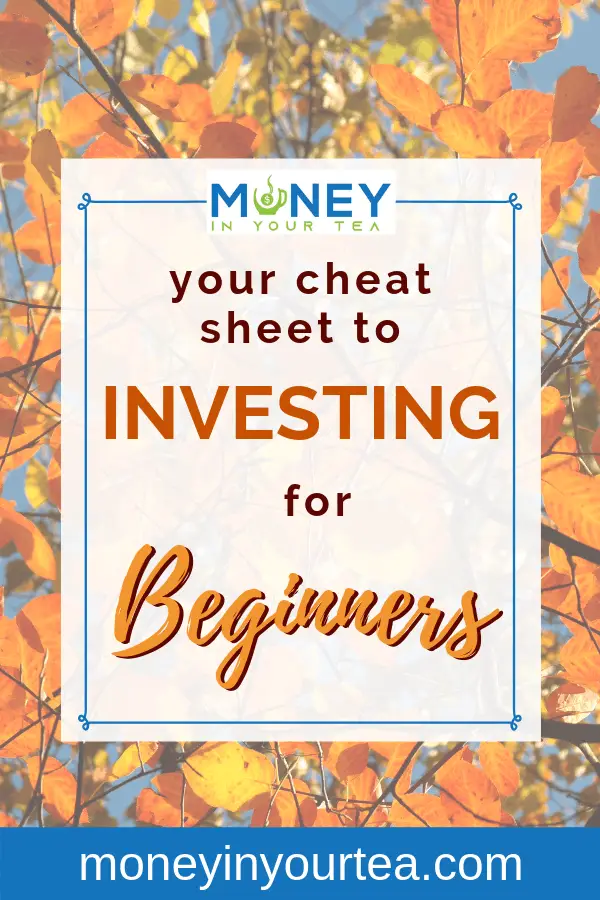
What is the Difference Between Saving and Investing
Savings do not have any risk of losing money. You deposit funds, and in the future you have at least that amount to take out again. Savings typically have very low rates of return, because they are no risk. You can save in a regular bank account, a high-interest savings account, or a GIC (guaranteed investment certificate).
RELATED READING: Everything you Need to Know about Saving
Investing does carry a risk of losing money. You buy an investment product, and hope that it increases in value. But sometimes it does not, and in the end you have less money than you started with. To compensate investors for taking that risk, on average investments have higher returns than savings.
Examples of financial investments are bonds, stocks, mutual funds (groups of stocks or bonds that are highly managed), and exchange-traded funds or ETFs (groups of stocks or bonds that are NOT highly managed).
Alternative non-financial investments include real estate property, gold or other precious metals and gems, art, antiques, coins, and more. These types of investments are not typically chosen by beginners, so we won’t discuss them further today.
Bonds
Bonds are issued by large corporations and by all levels of government. The bond is a certificate you receive to lend an amount of money to the organisation for a fixed period of time, and you receive interest for that loan. Your money, with interest, will be returned on a specific date.
You can buy individual bonds directly, and as long as the corporation or government doesn’t default, then you know exactly what you will receive at the end.
Bonds can be purchased when they are first released and held until the end of the term. Or you can buy and sell bonds anywhere in the middle of their term. You are NOT locked in.
Stocks
A stock is a small fraction of ownership in a company. Stocks are also called shares or equity.
For example, at the time I’m writing this, you can purchase 1 share in Air Canada (TSX:AC) for $39.90. If you have $1,000 to invest and you like Air Canada’s potential, you could buy 25 shares ($1,000 ÷ $39.90).
The TSX means the company is traded on the Toronto Stock Exchange. And AC is the code for Air Canada stocks.
Dividends
You earn money from stocks in two ways: dividends and capital gains. Dividends are a sum of money paid by the company to its shareholders out of its profits. They are calculated as a stated dollar amount per share, not as a percent.
For example, a company might announce on March 15th that they will pay a dividend of $0.15 per share, to be paid on April 15th to shareholders on record as of March 31st.
As long as you are a shareholder of that company, you will automatically receive the dividend into your account. That means that over time, you will end up with some cash in your investment account. With this cash, you may decide to purchase more shares of a company you already own, or invest in a new company, or use your dividends as income.
Many companies pay dividends on a regular basis, such as monthly or quarterly. Paying dividends is at the discretion of the company and even if it paid dividends in the past, that is no guarantee of future dividends.
Paying dividends is not an indication that an investment is “good” nor bad”. Some companies prefer to funnel their profits back into the company for future growth, to start a new project, acquire another company, or various other reasons.
Dividend Reinvestment Programs
Some companies offer a DRIP – dividend reinvestment program. That is, instead of receiving cash for your dividend, you receive additional shares in that company instead. Your cash starts earning for you right away, and you avoid paying the trading fee for DRIPs.
For example, my in-laws bought 75 shares of Imperial Oil stock for Amber* when she was young. It was in a DRIP program, and by the time it was sold many years later, she had 88.36 shares.
Capital Gains
Capital gains – or losses – are the difference between the price you paid for the stock when you bought it, and what you sold it for. You only earn capital gains at the time of selling. That means that day-to-day fluctuations in price make no difference to you.
Going back to our Air Canada example, one year ago (as I write this) the stock was selling for $23.19. First the stock price went down, then up, then a little down, then up more…. None of that matters. And now it sells for $39.90. It has gone up a lot in one year! If you bought the stock 1 year ago and sold today, you would realize that capital gains of $16.71 per share. ($39.90-$23.19). That’s a 72% increase! ($16.71 ÷ $23.19 × 100 = 72%) Way higher than you would have made in your savings account.
But I’ll say it again, you only get capital gains when you sell your stock. If you DON’T sell today, and in a year you sell your AC stock at $35.00, then your capital gains are $11.81 per share ($35.00-$23.19). That would give a capital gain of 51% over two years, or an annualized rate of 23%. Still way better than the old savings account! It doesn’t matter that it went higher in the middle and then dropped. Capital gains is simply the difference between the selling price and the purchase price.
Stock Price Risk
Buying stocks in individual companies can be risky. The stock price may take off and make you wealthy beyond what you could imagine. What if you’d bought shares in Apple or Amazon in the early days! But companies can also flounder or even fail. When you buy stocks in a single company, you take on that risk.
For example, Enron was one of America’s biggest energy companies. At its peak, stocks traded for over US$90. After they declared bankruptcy and accounting fraud came to light, the stock price plummeted to a mere US$0.67.
Pin for later! 📌
Mutual Funds
A mutual fund is a “basket” of stocks, bonds, or a mix of both from a variety of companies. Instead of researching and investing in individual companies, you may prefer a mutual fund where in one transaction you will own a little bit of many companies. This is much lower risk than buying stock in an individual company, because if one of the companies in the mutual fund does poorly, perhaps the others are doing well enough that it more than offsets. That is called diversification.
Mutual funds are actively managed. The manager’s job is to choose which stocks to buy based on the criteria of the particular mutual fund. The manager updates the holdings of the fund regularly with the goal of “beating the market” to help investors earn profit.
To give an example, Bank of Montreal has a Women in Leadership Fund that “invests in companies that promote a gender diverse leadership environment.” As of writing this, it is sold for $11.39. When you look at the holdings (the individual stocks that make up the mutual fund), the underlying companies are 55% Canadian and 45% US. The five largest holdings are Brookfield, Microsoft, Royal Bank, Amazon and Bank of Montreal.
You can also buy groups of bonds in a mutual fund. Unlike buying individual bonds, these do not get paid off at a specific date. The fund manager keeps buying new bonds as the old ones mature. The interest rate fluctuates over time based on the mix of bonds.
Mutual Fund Management Fees
Because of the time commitment and expertise, mutual funds have higher costs associated with them. They charge annual fees (management expense ratio or MER) and sometimes commissions. The MER for most mutual funds is about 1-3%. Some mutual funds may charge a penalty if you withdraw your money before a given amount of time. Read the details carefully before investing to ensure it’s right for your needs.
Exchange Traded Funds (ETFs)
ETFs are much like mutual funds, except that they are NOT actively managed. Originally, ETFs were designed mainly to track market indexes. Now there are many options.
But because they are not actively managed, they have much lower costs than mutual funds. The MER for ETFs can be 0.03%-1.0%. That is substantially lower than mutual funds!
How do MERs make a difference? You don’t pay the MER directly, but it impacts the fund’s overall profitability. If a mutual fund earns an 8% return with a 2% MER, you receive a return of 6%. An ETF with a similar basket of investments also earning 8% but with a MER of 0.2% would give you a return of 7.8%!
Comparing the Return from Mutual Funds and ETFs
Over time, this difference in fees can add up to $10,000s or even $100,000s!
This chart shows how $10,000 invested today would grow at 8% per year over 20 years. In a mutual fund with a 2% MER, your $10,000 would grow to just over $32,000. But in a similar ETF with a 0.2% MER, your $10,000 would grow to almost $45,000! The higher MER cost you $13,000 in growth over 20 years.
Some people will argue that an actively managed mutual fund is more likely to have a higher return than an ETF, simply because the manager is adjusting for market conditions. The mutual fund in our example would need an average return of 9.8% per year to be equivalent to the ETF at 8% after fees.

What Should I Invest in?
This is what you need to know:
- GICs and bonds are a good choice for short-term investment security, but only slightly beat the cost of inflation
- Stocks are where the big returns are, if you’re investing for the long-term
- Individual stocks can skyrocket or they can plummet – buy stocks from many companies to diversify the risk
- Mutual funds are well diversified, but have high fees, which will significantly reduce your long-term gains
- ETFs are well diversified but with very low fees
The big winner is ETF investing for the long run! And I walk the talk – the majority of my own long-term investing is in ETFs.
Ready to Start Investing?
In order to invest, you need a broker. Your options are:
- full service (they give advice but charge higher fees)
- robo advisor (the robot gives you discount advice for some fees)
- self directed (you do your own research and pay very low fees)
Within ALL of these options, you can set up your account for government registered accounts such as TFSA, RRSP, or RESP if desired.
Award-winning Questrade is Canada’s fastest growing online brokerage. They’ve been working for over 20 years, and currently have over $9 billion in assets under administration. They are not some fly-by-night corporation. They are regulated and protected, just like the big banks.
With Questrade’s self-directed accounts, you can invest in:
- stocks
- bonds
- mutual funds
- ETFs
- GICs
- and more
And best of all, buying ETFs is FREE in Questrade’s self-directed accounts! The great thing about free ETF purchases is that you can deposit a small amount from each paycheque and add in any dividends paid to you, and purchase more ETFs right away! Watch that money grow like crazy! I have self-directed accounts at two of the big banks and they charge $9.99 and $9.95 for all transactions. That means I always feel I need to wait to invest my cash until I have a large amount built up. But you don’t need to worry about that with Questrade’s no-fee purchases of ETFs!
Click for more info!

Need a little more advice? Questrade also offers Questwealth Portfolios where you get a well-diversified low-fee portfolio managed by a team of experts. They also offer socially responsible investing options for you!

Final Thoughts
If you want to read more about investing for beginners, I highly recommend the new book by Erin Lowry, Broke Millennial Takes on Investing! This is written for an American audience but the advice is universal.
RELATED READING: Everything you Need to Know about Saving
(* NOTE: I use pen names for my children to help preserve their anonymity online. I believe they should determine their own online brand as they choose.)
